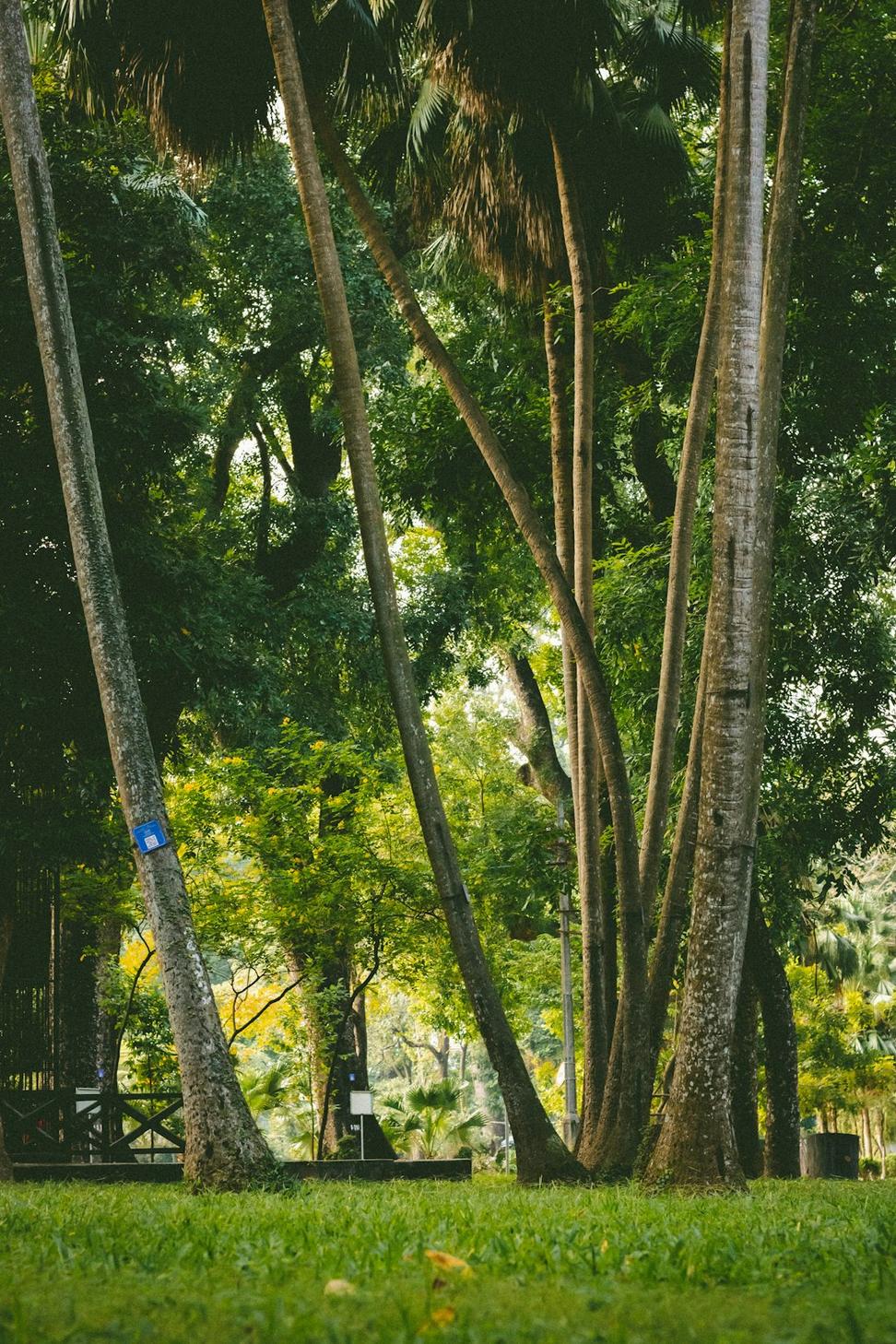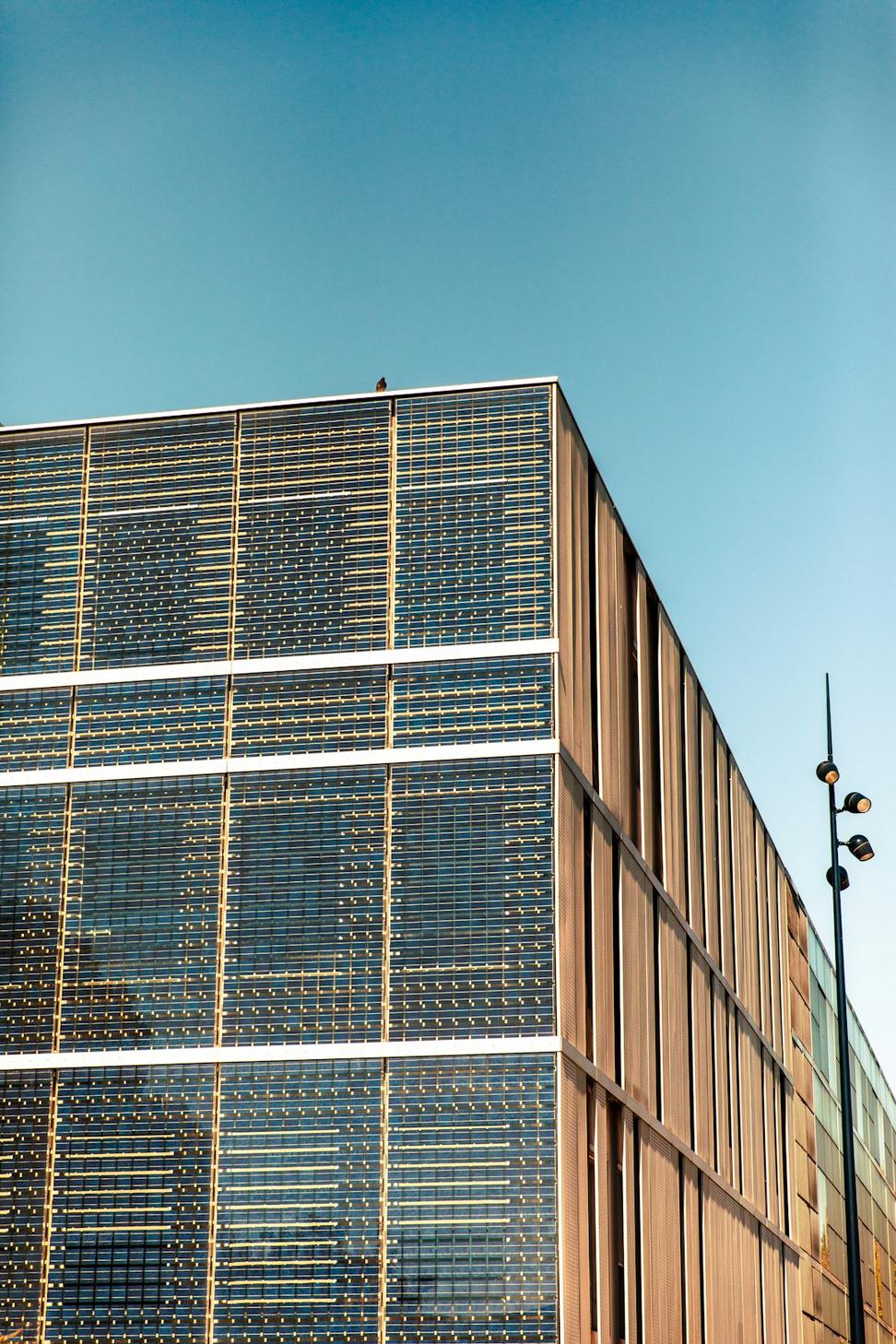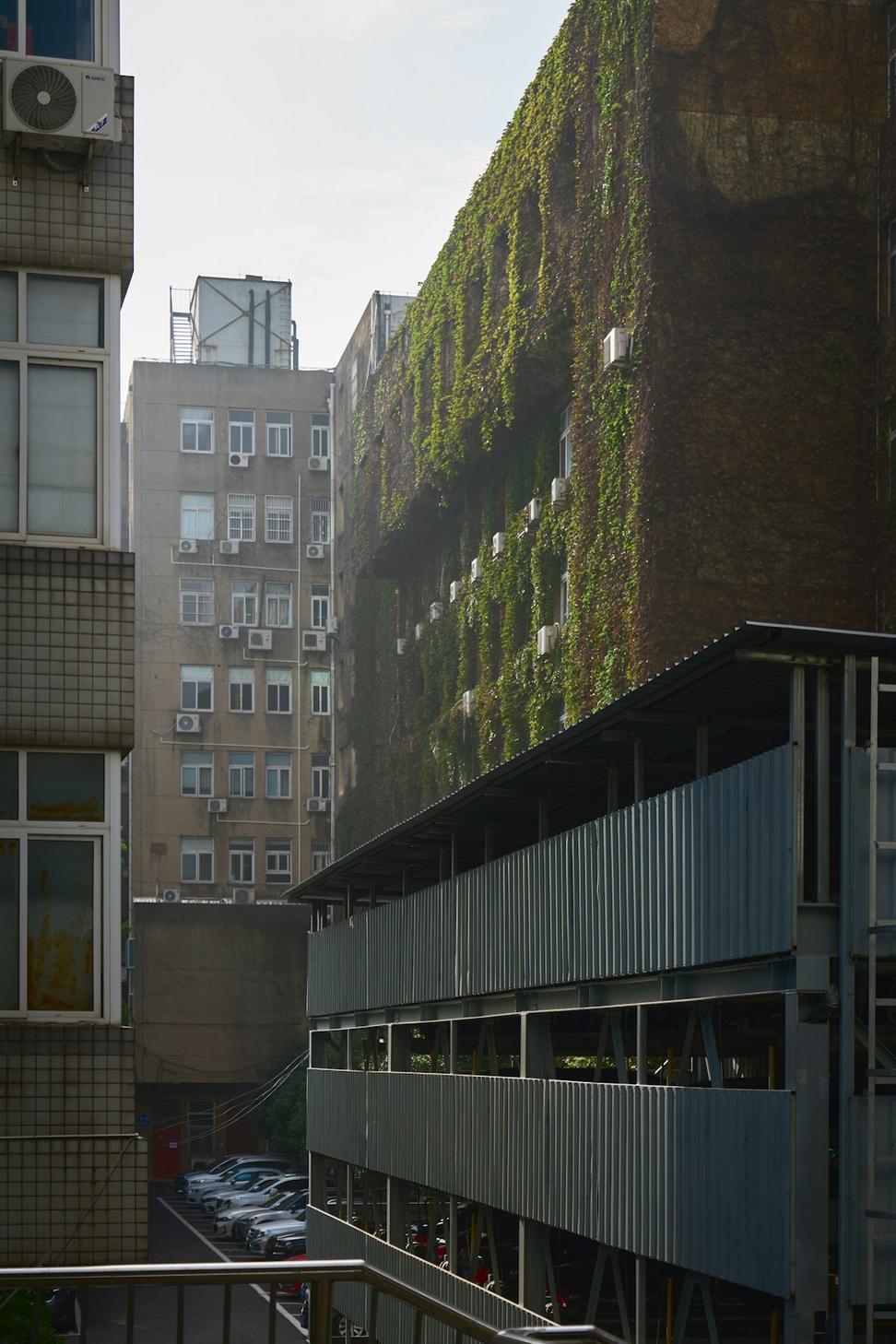
Why We Actually Care
Look, I've been doing this for nearly two decades, and I've seen the climate stats. Vancouver's getting warmer, fire seasons are getting longer, and coastal cities are gonna face some serious challenges. It's not about being trendy - it's about being realistic.
We started focusing on fire-resistant design after the 2021 heat dome hit BC. Watching communities burn made me rethink everything we were doing. Now every project we touch has to answer one question: will this still be standing and useful in 50 years?
And yeah, sustainable design costs more upfront sometimes. But I've had clients come back years later telling me their energy bills are half what their neighbors pay. That's real money in people's pockets.

